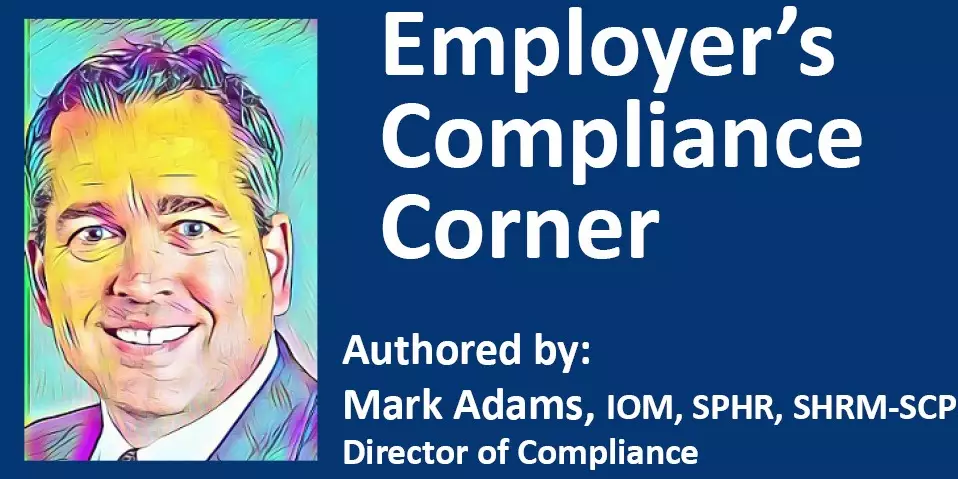Guest Contributor | Bethany Wright, Cascade Employers Association

That’s right, it’s that time again. Time for that “extra hour” of sleep we will all be getting. On Sunday, November 7, 2021 at 2:00 am, Daylight Savings time ends and our clocks will bounce back to 1:00 am; thus, giving us an extra hour of sleep, festivities, or work, depending on what we are doing. Changing our clocks back an hour means we gain an hour of sleep (or fun) that night, but what does it mean for employers?
For those employers who have graveyard shift employees, it means that you need to ensure your employees are paid for the correct number of hours. Any employee working when the time changes at 2:00 am, and continues to work after, will have worked the hour from 1:00 am to 2:00 am twice. This means you must pay them for that extra hour of time.
If you have an automated time clock system, double check that the system is accurately recording the number of hours worked. If you have paper timecards, ensure that your employees understand they should calculate that extra hour of work when they fill out their timecards. The best way to do this is to communicate the time change to your employees.
The truth of the matter is, not all employees will know that it is time to fall back. For those working the graveyard shift, this means they may not properly record the number of hours worked. For those who will be coming in on Monday morning, this could cause them to potentially show up an hour early for work. Providing a written reminder to them regarding the time change can help prevent this. This reminder may be a company-wide email for those with access, or reminders posted on the incoming and outgoing doors, near all time clocks, and any company communication boards.
Any manual clock-ins should be changed either prior to leaving before the change, preferably after non-exempt employees have clocked out for the day, or, if someone is working during the graveyard shift, give them the job task of updating the clocks with the correct time. Having these processes in place will provide a smoother transition during this biannual event.
By preparing for this event ahead of time, you can prevent wage errors and confusion from employees who may not remember the time change.